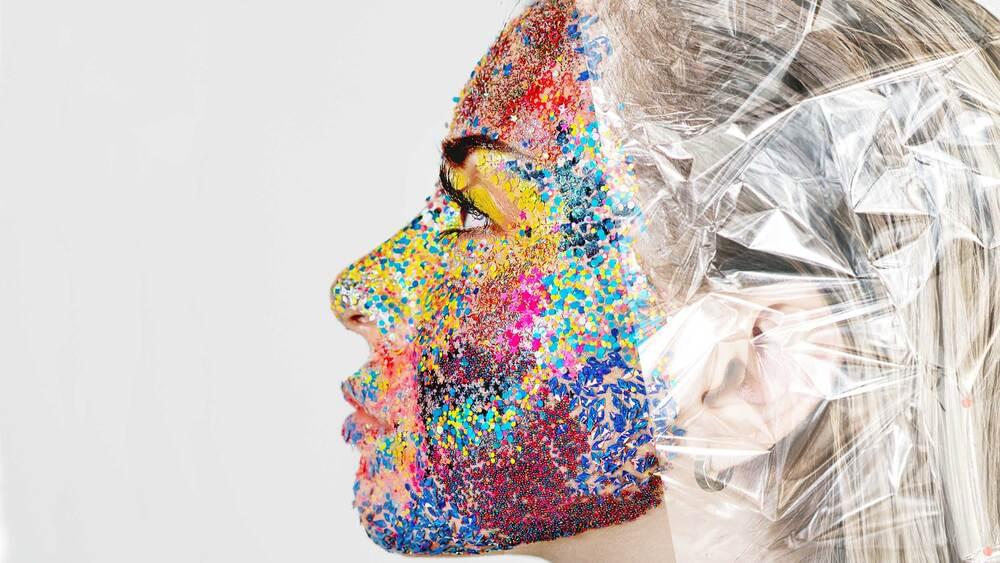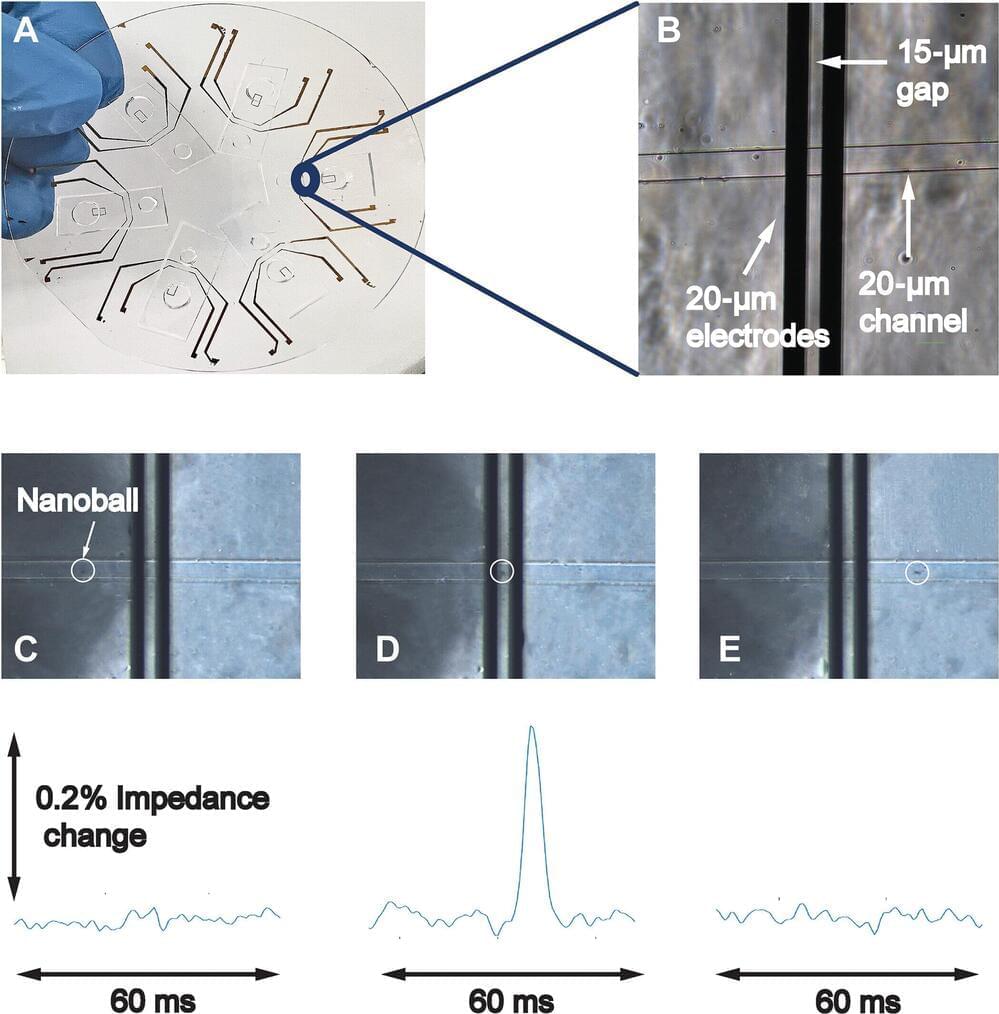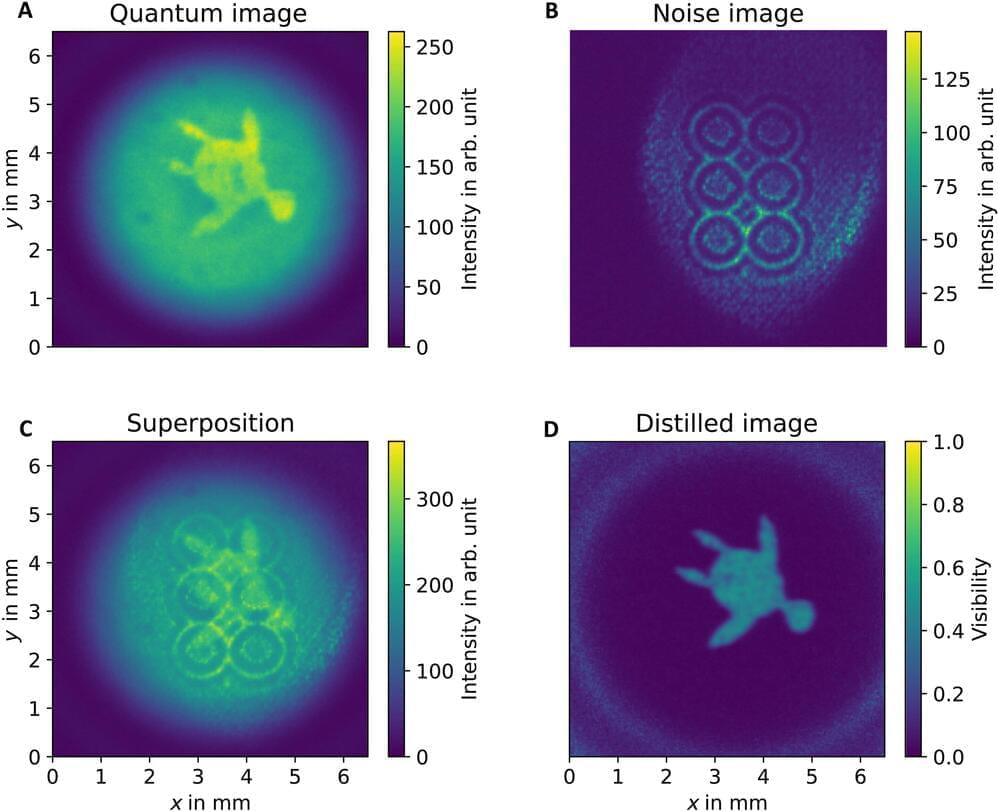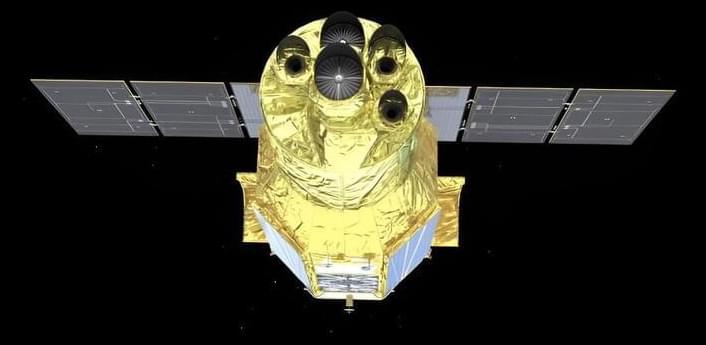An in-depth analysis of the US, Germany, and Australia shows how technology will disrupt labor markets by 2030—displacing millions of workers but creating new opportunities as well.



When it comes to preserving profit margins, data scientists for vehicle and parts manufacturers are sitting in the driver’s seat.
Viaduct, which develops models for time-series inference, is helping enterprises harvest failure insights from the data captured on today’s connected cars. It does so by tapping into sensor data and making correlations.
The four-year-old startup, based in Menlo Park, Calif., offers a platform to detect anomalous patterns, track issues, and deploy failure predictions. This enables automakers and parts suppliers to get in front of problems with real-time data to reduce warranty claims, recalls and defects, said David Hallac, the founder and CEO of Viaduct.
I really encourage everyone to try this thing out and find new ways to use it!
Examples of other people using ChatGPT I found cool:
Copy your lecture slides and ask it to make flash cards for you with the relevant information: https://vm.tiktok.com/ZMFpr4hjr/
Medical charting potentially: https://vm.tiktok.com/ZMFpr3H6f/
YouTube title + script: https://vm.tiktok.com/ZMFpNrhWu/
Content strategy: https://vm.tiktok.com/ZMFpNfQ5p/
College assignments in python: https://vm.tiktok.com/ZMFpNHk6Y/
B cells of our immune system have the incredible capability to generate up to 10,000,000,000,000 different antibodies. How do they do it? | Genetics And Genomics.
In a groundbreaking development, Google’s forthcoming generative AI model, Gemini, has been reported to outshine even the most advanced GPT-4 models on the market. The revelation comes courtesy of SemiAnalysis, a semiconductor research company, which anticipates that by the close of 2024, Gemini could exhibit a staggering 20-fold increase in potency compared to ChatGPT. Gemini…

In a groundbreaking development, Google’s forthcoming generative AI model, Gemini, has been reported to outshine even the most advanced GPT-4 models on the market. The revelation comes courtesy of SemiAnalysis, a semiconductor research company, which anticipates that by the close of 2024, Gemini could exhibit a staggering 20-fold increase in potency compared to ChatGPT. Gemini…

Researchers at Karolinska Institute have developed a novel method using DNA nanoballs to detect pathogens, aiming to simplify nucleic acid testing and revolutionize pathogen detection. The study’s results, published in Science Advances, could pave the way for a straightforward electronic-based test capable of identifying various nucleic acids in diverse scenarios quickly and cheaply.
Principal investigator Vicent Pelechano, an associate professor at Karolinska Institute’s Department of Microbiology, Tumor and Cell Biology, is cautiously optimistic about the technology’s potential to detect an array of pathogenic agents in real world settings.
“The methodology involves combining Molecular Biology (DNA nanoball generation) and electronics (electric impedance-based quantification) to yield a pioneering detection tool,” says Vicent Pelechano.

It is possible to image an object with an induced coherence effect by making use of photon pairs to gain information on the item of interest—without detecting the light probing it. While one photon illuminates the object, its partner alone is detected, thereby preventing the measurements of coincidence events to reveal information of the sought after object. This method can be made resilient to noise, as well.
In a new report published in Science Advances, Jorge Fuenzalida and a team in applied optics, precision engineering and theory communications in Germany experimentally showed how the method can be made resilient to noise. They introduced an imaging-distilled approach based on the interferometric modulation of the signal of interest to generate a high-quality image of an object regardless of the extreme noise levels surpassing the actual signal of interest.
Quantum imaging is a promising field that is emerging with valid advantages when compared to classical protocols. Researchers have demonstrated this method across different scenarios to work in the low-photon flux regime by making use of undetected probing photons for super-resolution imaging.

On Sept. 6, a new satellite left Earth; its mission is to tell us about the motions of hot plasma flows in the universe.
Launched from Tanegashima Space Center in Japan, the X-Ray Imaging and Spectroscopy Mission (XRISM) satellite will detect X-ray wavelengths with unprecedented precision to peer into the hearts of galaxy clusters, reveal the workings of black holes and supernovae, as well as to tell us about the elemental makeup of the universe.
XRISM, pronounced “crism,” is a collaborative mission between the Japan Aerospace Exploration Agency (JAXA) and NASA, with participation by the European Space Agency.

Rob Tillman, CIO of Copy Chief, has 20+ years transforming businesses with a human-centric innovation model deployed across diverse sectors.
In today’s fast-paced digital age, the term “innovation” is frequently thrown around in boardrooms, tech conferences and startup pitches. It’s often hailed as the driving force behind progress and the competitive edge for businesses. But have we ever paused to truly understand what innovation means at its core?
It’s not just about creating groundbreaking technologies or pioneering novel solutions. At its heart, innovation is about empowering humans.